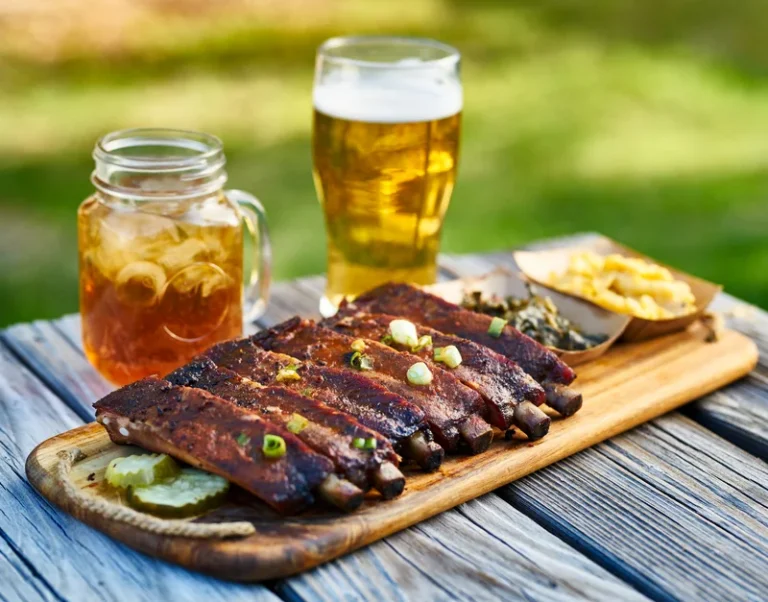
When the drug is taken in through the nose, the user does not get the rush because the drug is absorbed slowly rather than instantly. During this phase of treatment, you may be prescribed another medication to minimize heroin withdrawal symptoms. While the medication selected depends on your unique needs, it may work to stimulate or block your opioid receptors. Drug treatments for detoxification and long-term maintenance are most effective when combined with a medication compliance program and behavioral or “talk” therapy. These medications can relieve opioid cravings without producing the “high” or dangerous side effects of other opioids. While either one can be used individually, the risk for relapse is high when used alone.
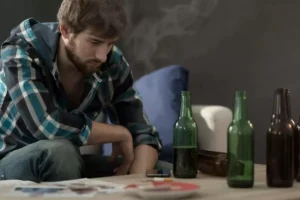
Treatment for heroin addiction
“For individuals who have developed a physical dependency to heroin, medically monitored withdrawal management (aka “detox”) in an outpatient or inpatient setting may be indicated,” Bhatt says. The nasal spray form of naloxone allows you and nonmedical caregivers to administer it. Heroin use disorder is often marked by the need to take more heroin as your body develops a tolerance.
Adverse effects
If you have a substance use disorder, your symptoms can range from mild (two or three symptoms) to severe (six or more symptoms). Other opioids can be used under the supervision of a medical doctor, unlike heroin, which is illegal in the United States. “Current research in addictions confirms that the psychological wounds of how long does heroin stay in your system trauma and other adverse childhood experiences (ACEs) also increase one’s likelihood of developing problems with substances later in life,” he says. According to the DSM-5, you may be living with a substance use disorder if you continue to take a drug even when it’s causing you negative outcomes.
What to Do in Case of a Heroin Overdose
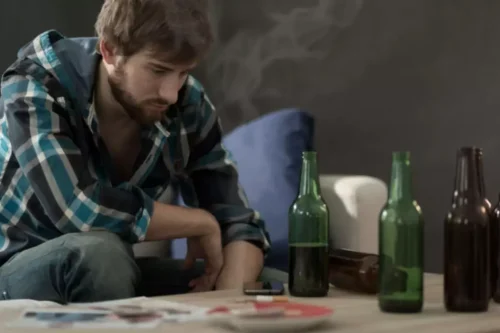
Heroin is typically injected but is also smoked and snorted. Persons who inject drugs are also at risk of getting a serious, long-term viral infections such as HIV, Hepatitis C, and Hepatitis B, as well as bacterial infections of the skin, bloodstream, and heart (endocarditis). Explore the different types of medications prescribed for opioid overdose, withdrawal, and addiction. Heroin trafficking was virtually eliminated in the US during World War II because of temporary trade disruptions caused by the war. Japan’s war with China had cut the normal distribution routes for heroin and the war had generally disrupted the movement of opium.

Diagnosing any kind of substance use disorder, including opioid use disorder, is done by a thorough examination and assessment by a psychiatrist or psychologist. In some states, a licensed drug and alcohol counselor may make the diagnosis. While it’s impossible to say who’s at risk for an opioid use disorder, there are factors that can raise the risk of developing a drug addiction. If a person becomes addicted to these prescribed medications and can’t obtain them anymore, they may pursue illegal drugs like heroin to achieve the same pleasurable feeling. Sometimes opioid use disorder begins with legal drugs like painkillers that are prescribed after a surgery or some other injury.

- The advantage of diamorphine over morphine is that diamorphine is more fat soluble and therefore more potent by injection, so smaller doses of it are needed for the same effect on pain.
- Opioid addiction treatment can vary depending the patient’s individual needs, occur in a variety of settings, take many different forms, and last for varying lengths of time.
- This is recommended especially if you have friends or family members using opioids or undergoing treatment.
If a person takes an opioid repeatedly over time, the brain doesn’t naturally produce dopamine as it once did. This results in the person taking higher or more frequent doses of the opioid in order to achieve the same level of good feeling. In many pharmacies you can now access naloxone without a prescription to keep with you, at home or in your car in case of an overdose emergency. This is recommended especially if you have friends or family members using opioids or undergoing treatment. Ask your pharmacist about access to naloxone in your state. Read the directions on administering the naloxone before an emergency occurs.
What to do in a heroin overdose?
It’s very addictive and has been illegal in the United States since 1924. It can look like a white or brown powder or a sticky black tar. It’s also called horse, smack, junk, and brown sugar, among other names. Possession of diamorphine for the purpose of trafficking is an indictable offense and subject to imprisonment for life. Large doses of heroin can cause fatal respiratory depression, and the drug has been used for suicide or as a murder weapon.
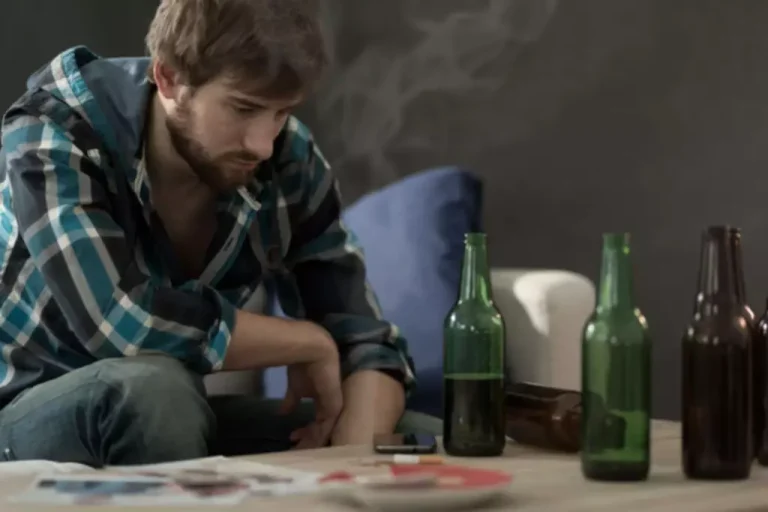
Overdose Prevention
A factor that played a role in the rise of heroin is the growing abuse of prescription painkillers such as oxycodone and hydrocodone, which are also made from the poppy plant and are chemically related to heroin. People who become dependent on or misuse these drugs may start looking for a stronger, cheaper high. There’s no way to know what you’re taking or how strong it is. Heroin is a drug that comes from a flower, the opium poppy, which usually grows in Mexico, Asia, and South America.
